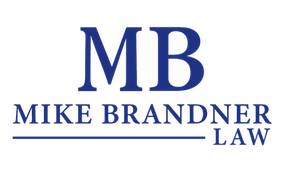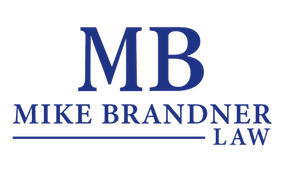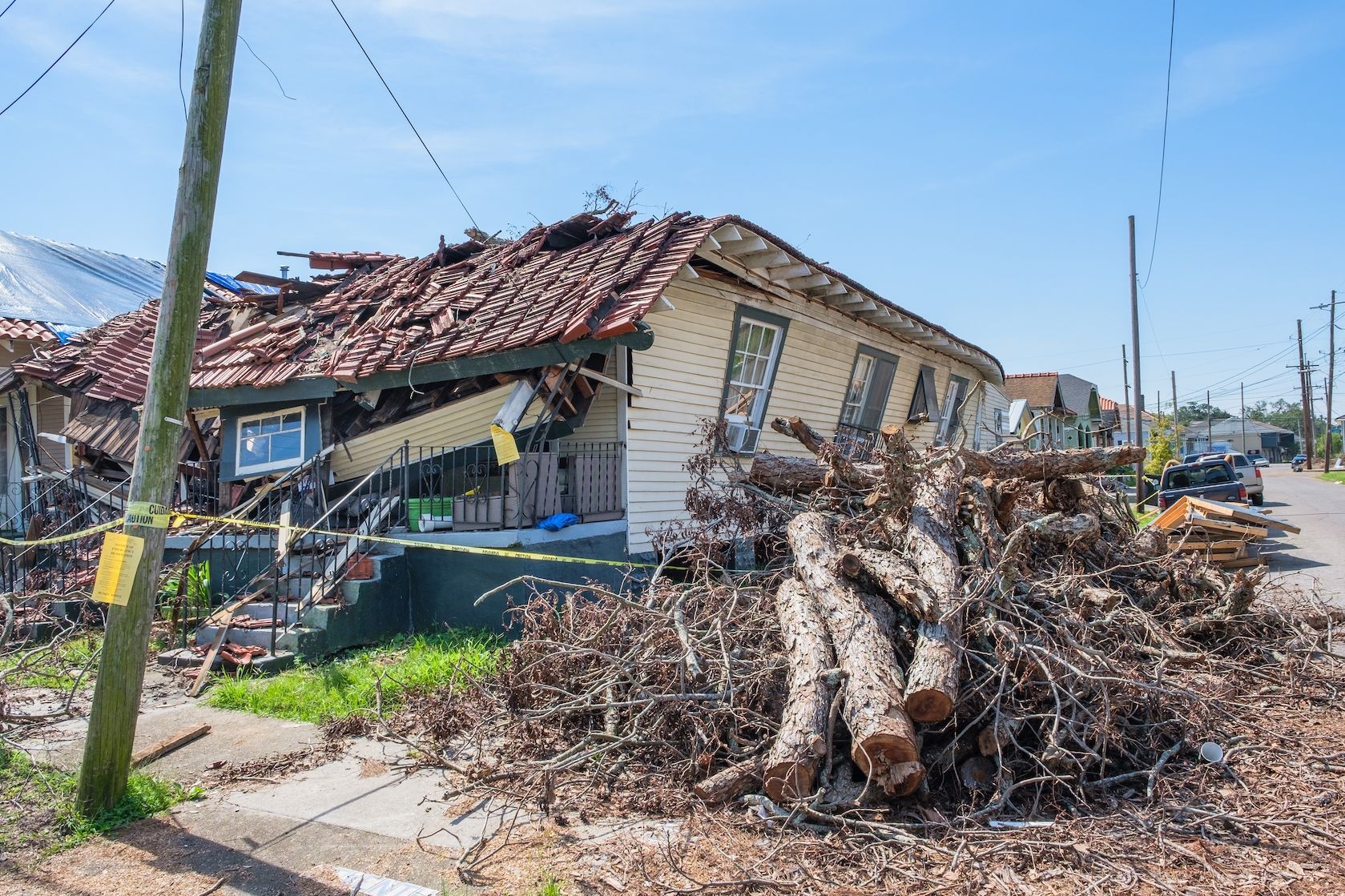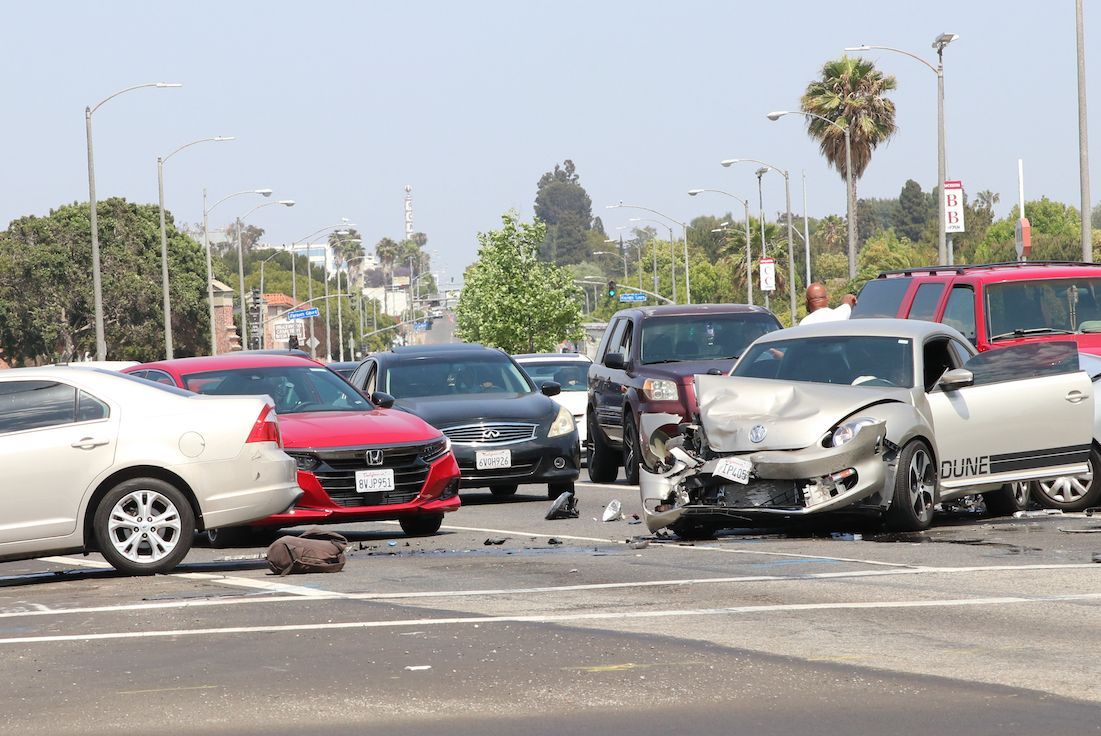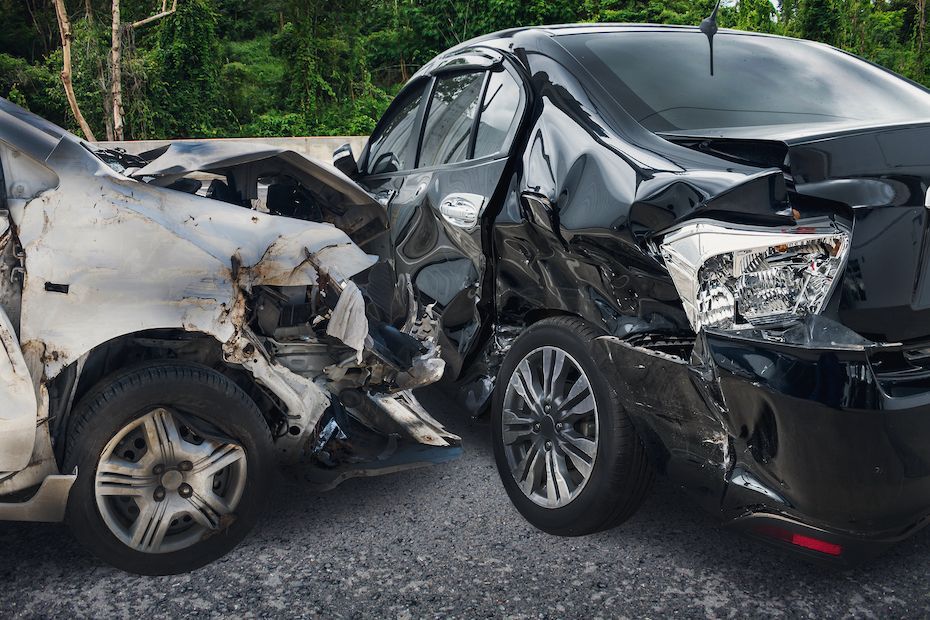Workers' Compensation: Your Guide to Understanding and Navigating the System
Workers Compensation Lawyer

Work-related injuries and illnesses can happen to anyone, regardless of their occupation. In these challenging times, understanding the workers' compensation system is crucial to ensure that you receive the necessary benefits and support when faced with a workplace injury or illness. This comprehensive guide will provide you with valuable insights into workers' compensation, empowering you to navigate the system effectively.
What Is Workers' Compensation?
Workers' compensation is a state-mandated insurance program designed to provide benefits to employees who suffer work-related injuries or illnesses. It serves as a safety net, offering financial assistance and medical coverage to workers while protecting employers from lawsuits related to workplace injuries.
Eligibility for Workers' Compensation:
- Employment Status: To be eligible for workers' compensation, you must be an employee of the company where the injury or illness occurred.
- Work-Related Injury or Illness: The injury or illness must be directly related to your job or workplace conditions.
- Timely Reporting: It's essential to report the injury or illness to your employer promptly. Failure to do so may jeopardize your eligibility for benefits.
Benefits of Workers' Compensation:
- Medical Coverage: Workers' compensation typically covers medical expenses related to your injury or illness, including doctor visits, hospital stays, and prescribed medications.
- Temporary Disability Benefits: If your injury prevents you from working, you may be eligible for temporary disability benefits, which provide a portion of your lost wages.
- Permanent Disability Benefits: If your injury results in a permanent impairment, you may receive compensation for the long-term impact on your ability to work.
- Vocational Rehabilitation: In some cases, workers may be entitled to vocational rehabilitation services to help them return to suitable employment.
Navigating the Workers' Compensation Process:
- Report the Injury: Immediately inform your employer about the injury or illness, providing all necessary details. This step is crucial for initiating the claims process.
- Seek Medical Attention: Receive appropriate medical care for your injury or illness, keeping detailed records of your treatment.
- File a Claim: Your employer will provide you with the necessary paperwork to initiate a workers' compensation claim. Follow the instructions carefully and submit all required documents.
- Claim Evaluation: The workers' compensation insurance carrier will assess your claim to determine your eligibility for benefits.
- Appeal if Necessary: If your claim is denied or you disagree with the decision, you have the right to appeal. Consult with an attorney experienced in workers' compensation to guide you through this process.
Workers' compensation is a vital resource that provides support to employees facing work-related injuries or illnesses. Understanding your rights and responsibilities within the system is crucial to ensure you receive the benefits you deserve. If you find yourself navigating the complexities of workers' compensation, consider seeking legal advice to protect your interests and secure the assistance you need during a challenging time.
